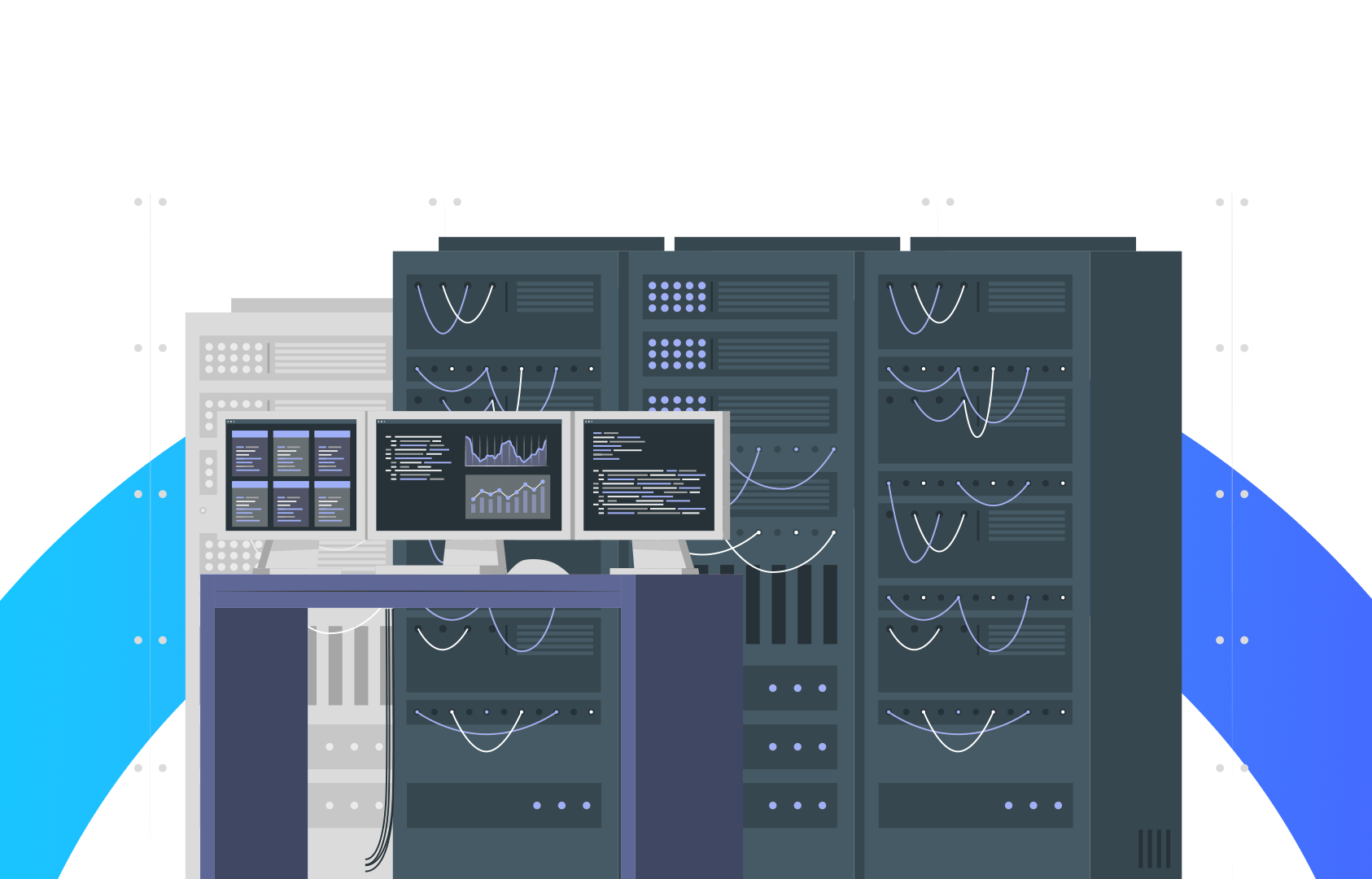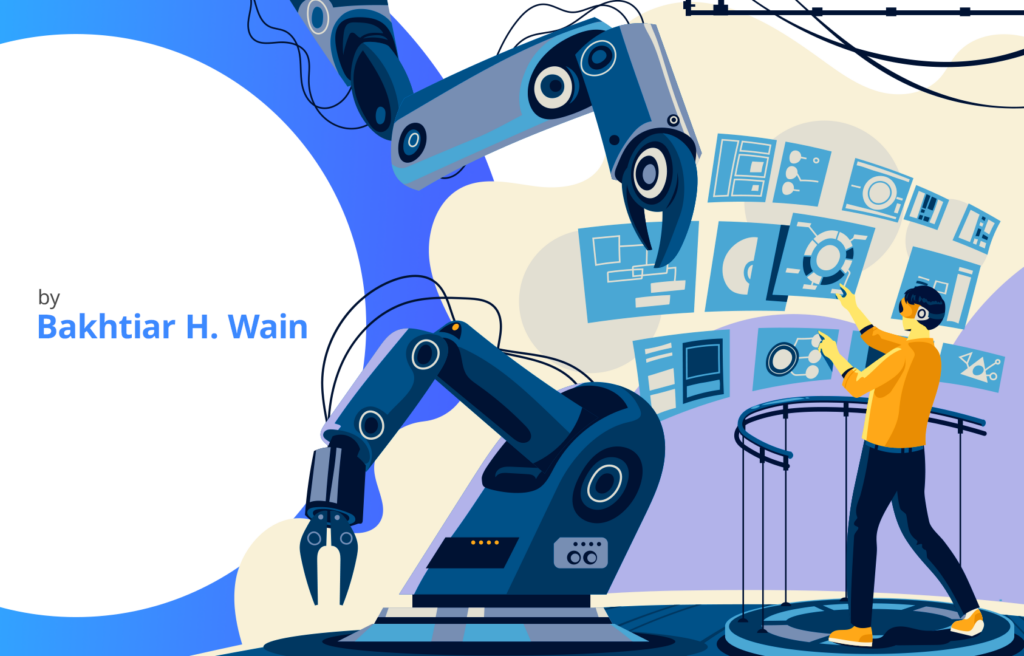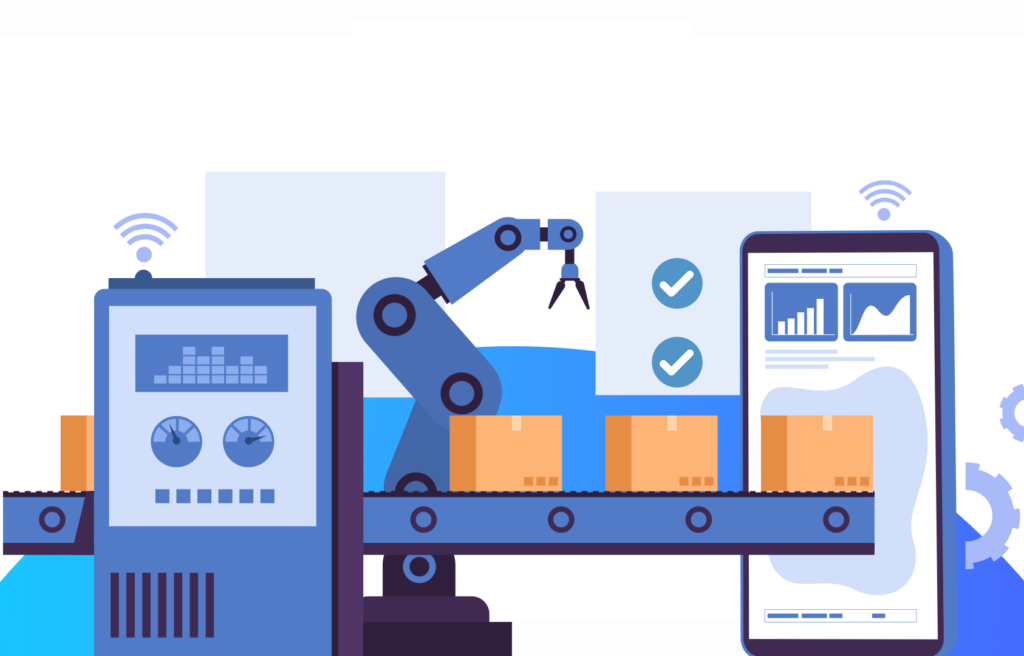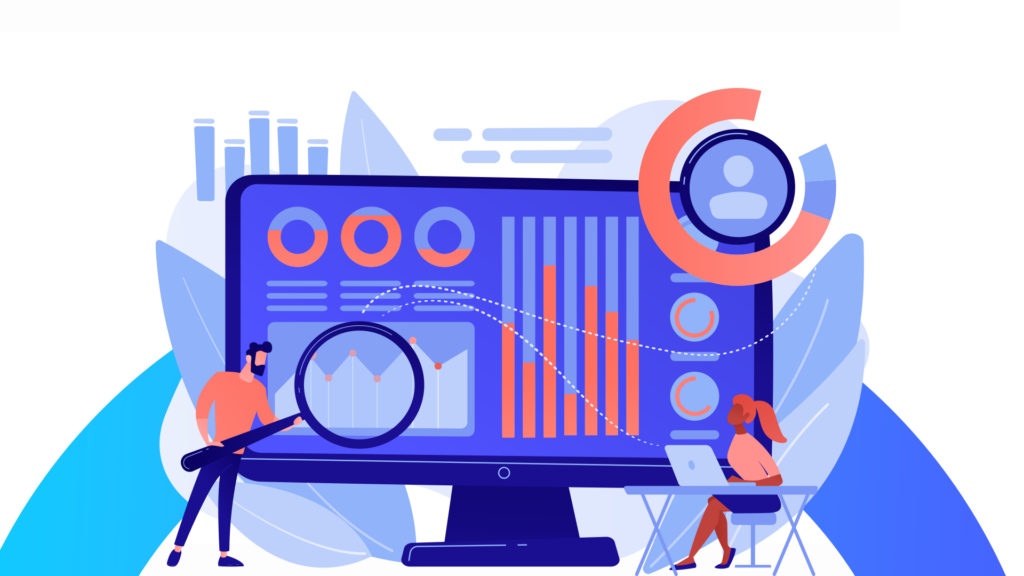Programmable Logic controller (PLCs) hold a high degree of importance when it comes to modern automation in various industries. They in turn ensure efficient and reliable operations by controlling machinery processes. In this blog, we dive into the fundamentals of PLC. Starting from a brief history, we will explore it functionality, components, input types, and applications. Furthermore, we will learn how to maximize their life span and performance through maintenance and about their limitations.
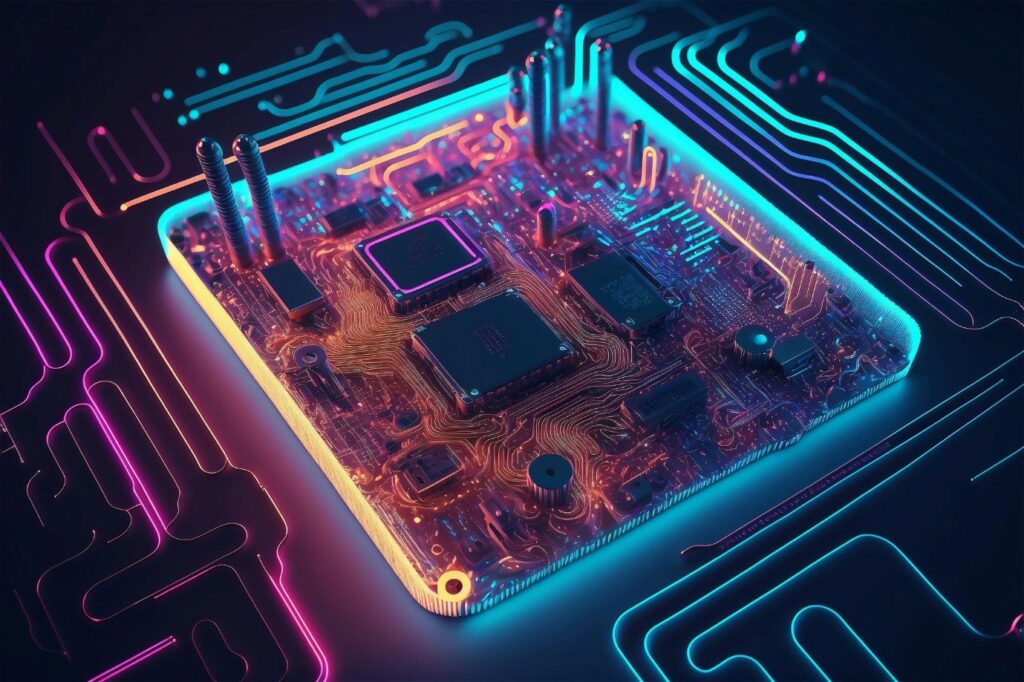
What is a programmable logic controller?
A programmable logic controller, or PLC, being a specialized computer, is used to control industrial processes and machinery. Operating with a set of instructions to automate tasks, it controls assembly lines and regulates water treatment processes, to name a few. Versatile, reliable, and durable, PLCs are known for their rugged design, allowing them to operate in challenging environments. This makes them a top choice in manufacturing and other sectors.
Programmable logic controller origins
Originating in the late 1960s, programmable logic controllers replaces traditional relay systems in automotive manufacturing. General Motors, along with other car manufacturers were the first to implement PLCs in order to control factory processes more effectively. Since then, PLCs have evolved to become more sophisticated, playing a vital role in manufacturing, energy, water treatment, and other sectors.
How a programmable logic controller operates
A programmable logic controller operates on a simple cycle: read inputs, execute the control program, and update outputs. Inputs are sensors or switches providing data about the current state of the system. The PLC’s program processes this data and determines the necessary actions. Outputs are the signals sent to devices such as motors, valves, or lights. This closed-loop system enables the PLC to monitor and adjust processes in real-time, ensuring optimal performance.
Programmable logic controller mechanisms
PLCs consist of some key components:
- Central processing unit:
The CPU executes programs and controls communication within the system.
- Input/output modules:
These interface with the external world, connecting to sensors and actuators.
- Power supply:
Provides the necessary power for the PLC to function.
Communication interfaces: These enable the PLC to connect with other devices and networks for data exchange.
Programmable logic controller input types
PLCs accept multiple input types, including:
-
- Digital inputs: Binary signals (on/off) received from devices like switches and sensors.
-
- Analog inputs: Vary in amplitude and are sourced from temperature or pressure sensors.
-
- Specialized inputs: Custom inputs for specific applications, such as high-speed counters.
How a programmable logic controller receives the input
The PLC continuously scans its inputs and collects data. For digital inputs, it checks the status of each input point. For analog inputs, it measures the signal’s value. The PLC processes this information during each scan cycle to determine the next actions.
Applications of programmable logic controller systems
PLCs find applications in numerous industries due to their flexibility and reliability:
-
- Manufacturing: Automating production lines and machinery
-
- Water and wastewater treatment: Managing pumps and filtration systems to maintain water quality.
-
- Energy and power generation: Controlling turbines and other systems for efficient power production.
-
- Building automation: Controlling HVAC systems, lighting, and security measures.
How to maintain a programmable logic controller system
Maintaining a PLC system is essential to keep it running smoothly and extend its lifespan:
-
- Regular inspections: Periodic checks help identify and address potential issues early.
-
- Software updates: Keep the PLC’s software current to ensure it remains compatible with other systems.
-
- Cleaning: Dust and debris interferes with the PLC’s performance hence; regular cleaning is key.
-
- Backup programs: Always back up the PLC’s programs in case of failure or corruption.
-
- Training: Provide training for staff to operate and troubleshoot the PLC system effectively.
Limitations of programmable logic controllers
While PLCs offer exceptional control in automation, there are some limitations to consider:
-
- Protocol compatibility: Traditional programmable logic controllers typically support older communication protocols like Modbus, while modern state-of-the-art cloud historians, such as OmniConnectTM support MQTT protocols. This mismatch creates challenges in connectivity and data exchange.
- Intermediary devices: If the programmable logic controller uses the Modbus protocol, and IIoT devices support MQTT, an intermediary device or software will be needed to bridge the communication between Modbus and MQTT. A Modbus-to-MQTT gateway facilitates this transition.
- Configuration complexity: Configuring the Modbus-to-MQTT gateway involves managing Modbus settings, such as device addresses and register addresses, and setting up the MQTT connection with broker addresses, ports, and authentication credentials.
- Data mapping: Proper data mapping between Modbus registers and MQTT topics is essential for accurate data interpretation by IIoT systems. Incorrect mapping leads to data misinterpretation.
- Security concerns: It’s important to implement security measures such as encryption, authentication, and access control to protect the communication between the Modbus PLC, Modbus-to-MQTT gateway, and IIoT devices.
Programmable logic controllers are essential for modern industrial automation, providing efficient control across various sectors. The challenge of connecting PLCs to modern protocols and cloud systems can be tackled through solutions like Modbus-to-MQTT gateways. This way, programmable logic controllers can be effectively maintained and optimized, and be paired with an IIoT solution, such as OmniConnectTM offered by Octopus Digital to enhance operational efficiency and drive progress in their industry.
To learn more about how PLCs in conjunction with IIoT solutions can generate business success, book a demo.

